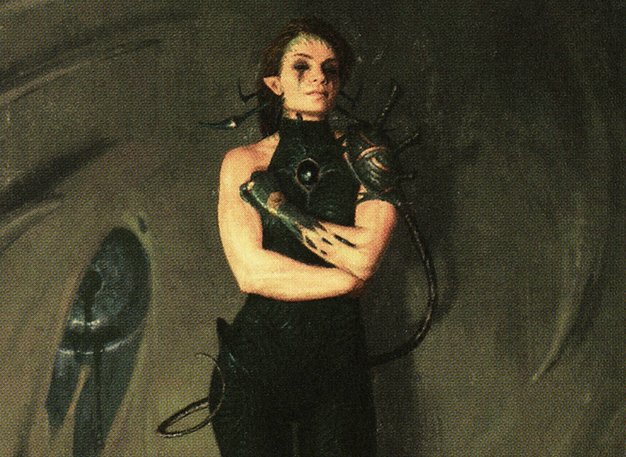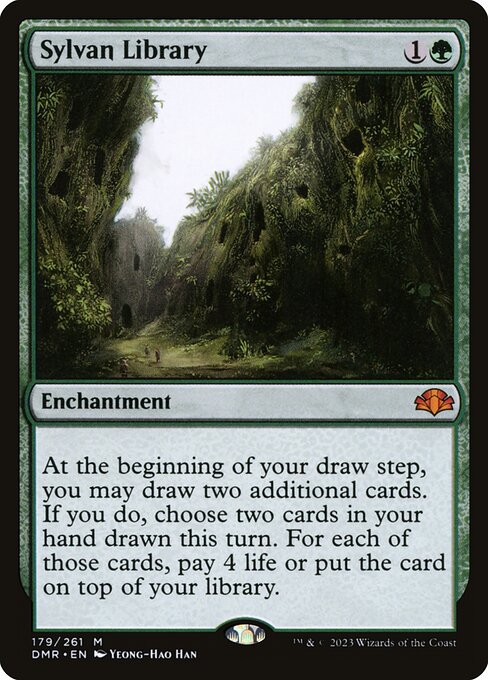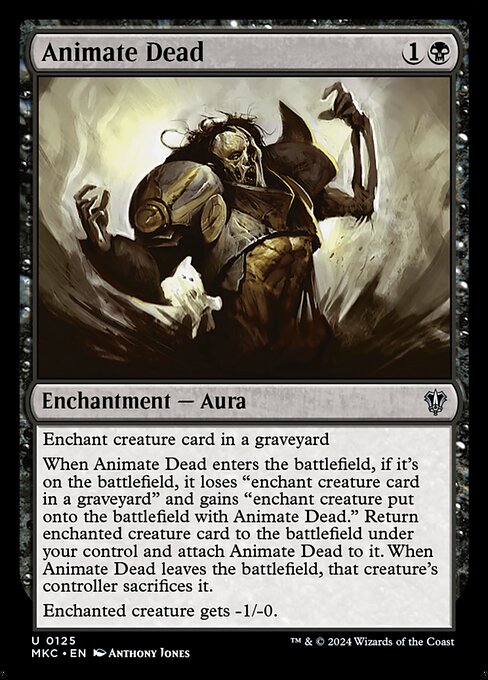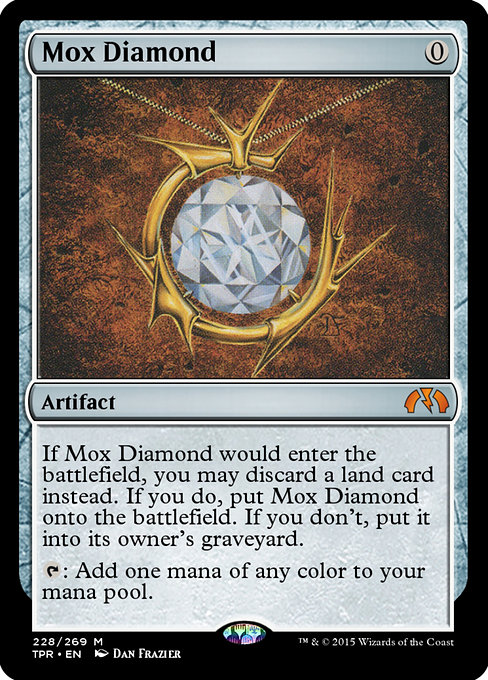Deck & Commander Strategies

Belbe, Corrupted Observer
Generates large amounts of colorless mana whenever opponents lose life, enabling the casting of big creatures and spells to overwhelm opponents quickly.

Hashaton, Scarab's Fist
Focuses on cheating out powerful creatures from the graveyard or hand, applying pressure with strong board presence and disruptive effects.

Esika, God of the Tree // The Prismatic Bridge
Uses ramp and card draw to cheat out legendary creatures and permanents through The Prismatic Bridge, creating a formidable late-game board state.

Cloud, Midgar Mercenary
Equips swords to itself to become a large flying threat that can cast additional spells for free after dealing combat damage.
Gameplay Insights
- 1
Belbe's ability to generate colorless mana based on opponents losing life was pivotal in enabling hard-to-cast threats early in the game.
- 2
The use of Rotten Mouth Viper's counters to force opponents to sacrifice or discard created constant pressure and resource denial.
- 3
Esika's deck leveraged Sylvan Library aggressively to draw extra cards at the cost of life, fueling a high-impact late game.
- 4
Cloud's aggressive equip strategy with swords turned the commander into a large flying threat capable of casting spells for free, accelerating its board presence.
- 5
Removal of key enchantments like Animate Dead disrupted opponents' graveyard recursion and slowed down their tempo.
- 6
Players carefully managed life loss and damage triggers to maximize mana and card advantage, showing a balance between aggression and resource conservation.
Notable Cards
-

Belbe, Corrupted Observer
-

Sylvan Library
-

Animate Dead
-

Mox Diamond
-

Buster Sword
-

The One Ring
Gameplay Summary
The game began with each player setting up their board with efficient ramp and early utility creatures.
Early turns saw players establishing mana bases with fetch lands and dual lands while also playing cards that synergized with their commanders' strategies.
Belbe, Corrupted Observer generated significant colorless mana by draining opponents' life, enabling explosive plays like casting high-impact creatures such as Rotten Mouth Viper that imposed harsh penalties on opponents each time it attacked or entered the battlefield.
Meanwhile, Esika, God of the Tree leveraged powerful ramp and card draw engines such as Sylvan Library to fuel a late-game plan of cheating out big threats via The Prismatic Bridge. Hashaton, Scarab's Fist focused on cheating out large creatures, applying pressure with high-impact cards that forced opponents to sacrifice or discard.
Cloud, Midgar Mercenary pursued an aggressive strategy centered on equipping swords to its commander, turning it into a formidable threat capable of casting spells for free after dealing damage.
The game featured critical moments like the deployment of Animate Dead and removal spells that disrupted opponents' setups, as well as combat phases where damage and triggered abilities shifted board control.
Players made tactical decisions around sacrificing lands and managing resources to maximize the value of their commanders and powerful permanents.
The escalating mana production and card advantage culminated in multiple opportunities for large-scale plays, with the game evolving into a high-stakes battle of attrition and resource management.















































